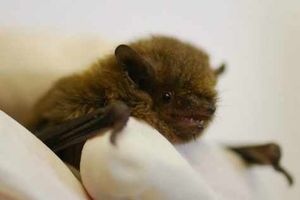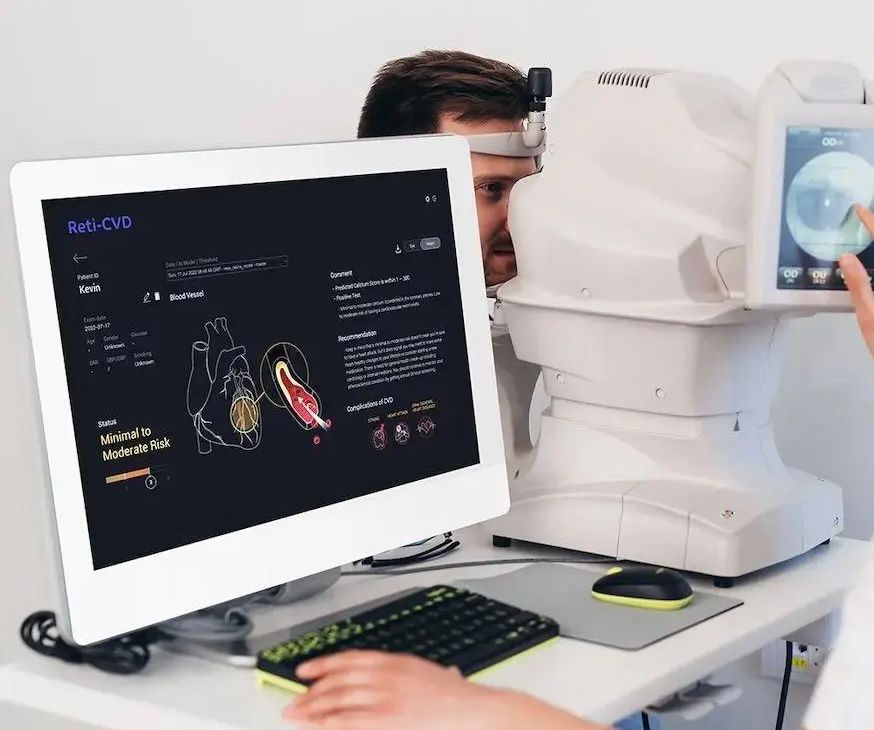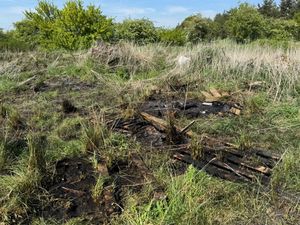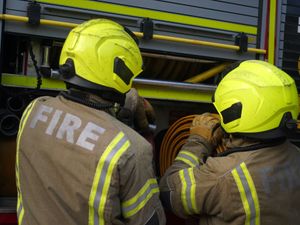How pioneering treatment helps bats to fly again
[gallery] Bats will be spreading their previously-torn wings this Halloween thanks to a pioneering treatment discovered at a wildlife centre near the Shropshire border. Bats will be spreading their previously-torn wings this Halloween thanks to a pioneering treatment discovered at a wildlife centre near the Shropshire border. A bat carer, based at the RSPCA's Stapeley Grange Wildlife Centre, near Market Drayton, found that even the most dramatic of tears down the wing can heal itself if the animal is given some tender loving care. Sarah Goodwin said that the usual veterinary technique of stitching or gluing such tears together could cause issues with the bats removing stitches or glue when grooming. She instead decided to try a different approach for bats which came into her care with wing injuries. She did so by keeping them warm, giving them antibiotics and feeding them vitamin and mineral-rich food.

Bats will be spreading their previously-torn wings this Halloween thanks to a pioneering treatment discovered at a wildlife centre near the Shropshire border.
A bat carer, based at the RSPCA's Stapeley Grange Wildlife Centre, near Market Drayton, found that even the most dramatic of tears down the wing can heal itself if the animal is given some tender loving care.
Sarah Goodwin said that the usual veterinary technique of stitching or gluing such tears together could cause issues with the bats removing stitches or glue when grooming.
She instead decided to try a different approach for bats which came into her care with wing injuries.
She did so by keeping them warm, giving them antibiotics and feeding them vitamin and mineral-rich food.
The veterinary nurse also restricted their flight and gave them time to rest and heal.
In nearly all cases she found that the wings had healed back together of their own accord. She said: "I just couldn't believe how fast the wings grew back together. It was amazing.
"All they needed was a bit of rest and care and their wing membranes healed all by themselves – ready for them to fly back safely into the wild. We are all really excited by the results so far."
She added: "They will have far reaching consequences to the way we and other bat carers care for bats and will give bats with such injuries a second chance."
The bats used in the Heal to Fly project had been injured in various ways, including attacks from cats.
Out of the nine bats which have been admitted with severe wing tears over the past year, five have been returned to the wild, and two died from other injuries.
The remaining two are still in care but staff are hopeful that they can be returned to the wild soon.





